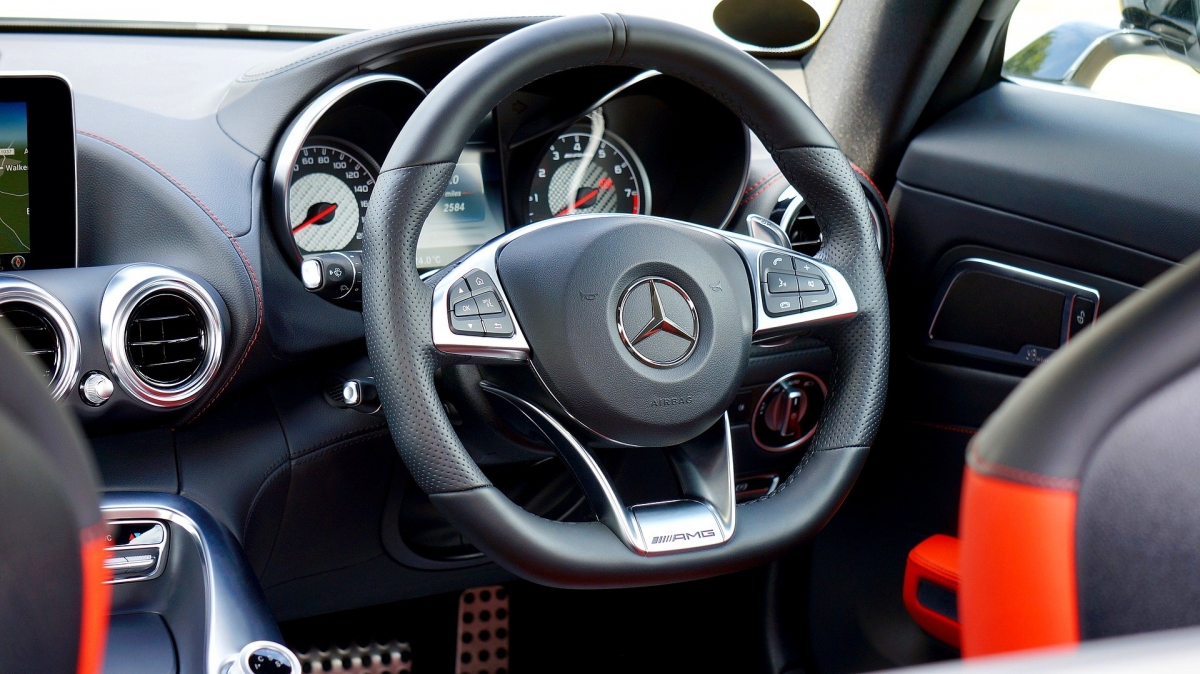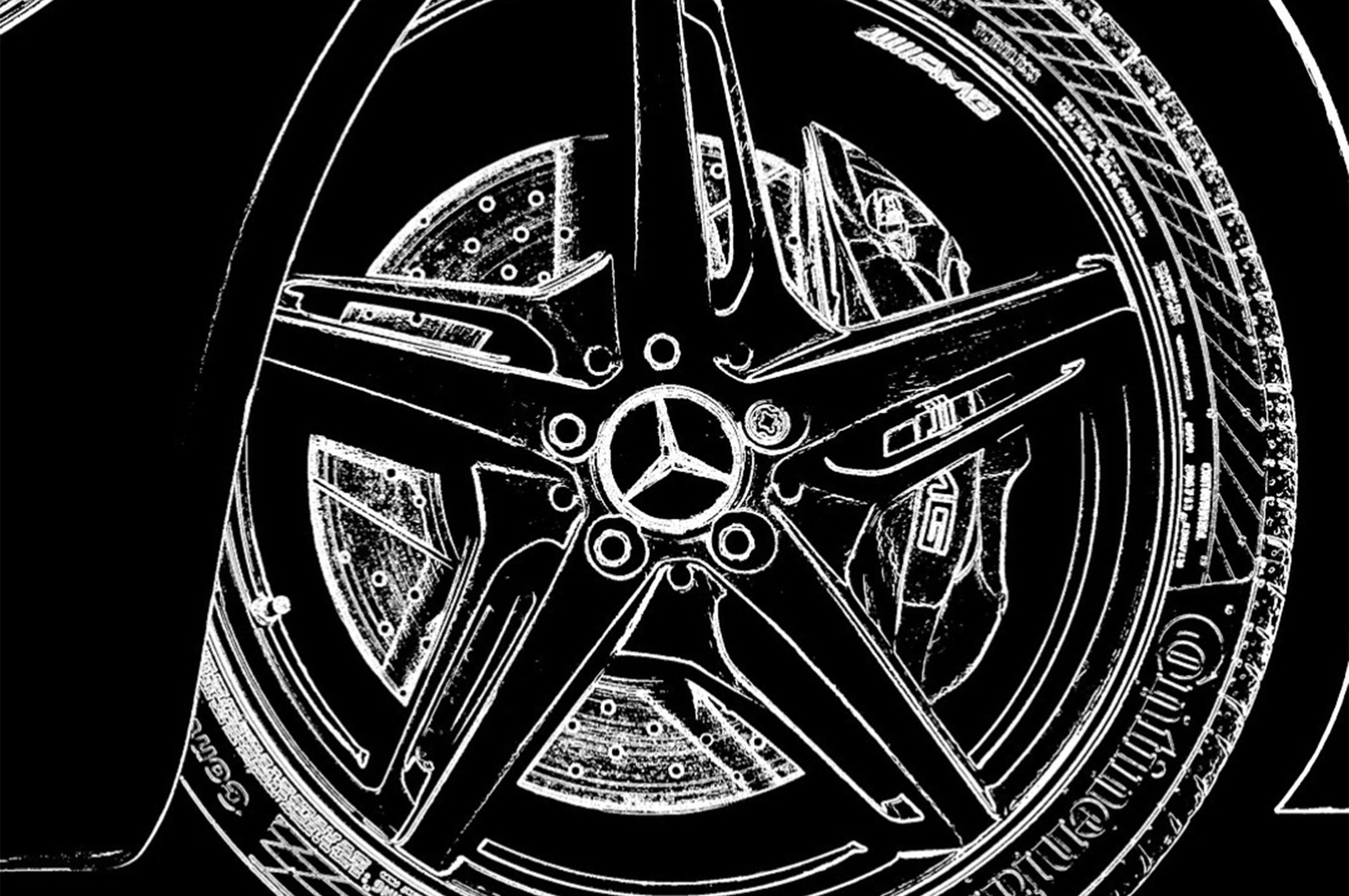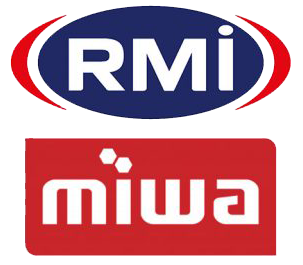Manual and Automatic Transmissions
The transmission in your car may not be the most important part but it certainly is integral to your car’s operation. The purpose of your gearbox is to convert engine power into torque in order to propel your vehicle forward. Each type of vehicle has a different type of transmission, according to the standards and specs of whichever company manufactured that vehicle. Also, depending on the type of vehicle you have, you may use either a manual or an automatic transmission.
Different Types of Gearboxes
Both manual and automatic transmissions can be found in a wealth of shapes, sizes and configurations, depending on their manufacturers. Manual transmissions, also known as stick shifts, use a driver-operated clutch which is engaged by a foot pedal for regulating torque transfer from the engine to the transmission. Most modern manual transmissions are fitted with a synchronised gearbox with gears that are always in mesh and rotating, although gears on one shaft can freely rotate or be locked to the shaft. Manual transmissions in cars are controlled by a gearshift or a shifter as it’s also known. Gear shifts can be mounted in three ways, floor mounted, console mounted and steering column mounted. The gear shift is connected to the transmission via linkage or cables.

What are Automatic Transmissions
An automatic transmission is a type of system that automatically changes gear ratios as a vehicle moves. Automatic transmissions make use of a torque converter, a type of fluid coupling that hydraulically connects the engine to the transmission, in order to alternate between gears. The first automatic transmission was introduced by Oldsmobile in 1940. Most cars sold in North America since the 1950’s have been available with automatic transmissions due to the fact that the three major American car manufacturers had started using automatics.
Other Transmission Uses
In fact, most industries employ transmissions to operate their machinery in one form or another. Transmissions can be found in the paper, mining, agriculture, manufacturing and even the aerospace industries.



